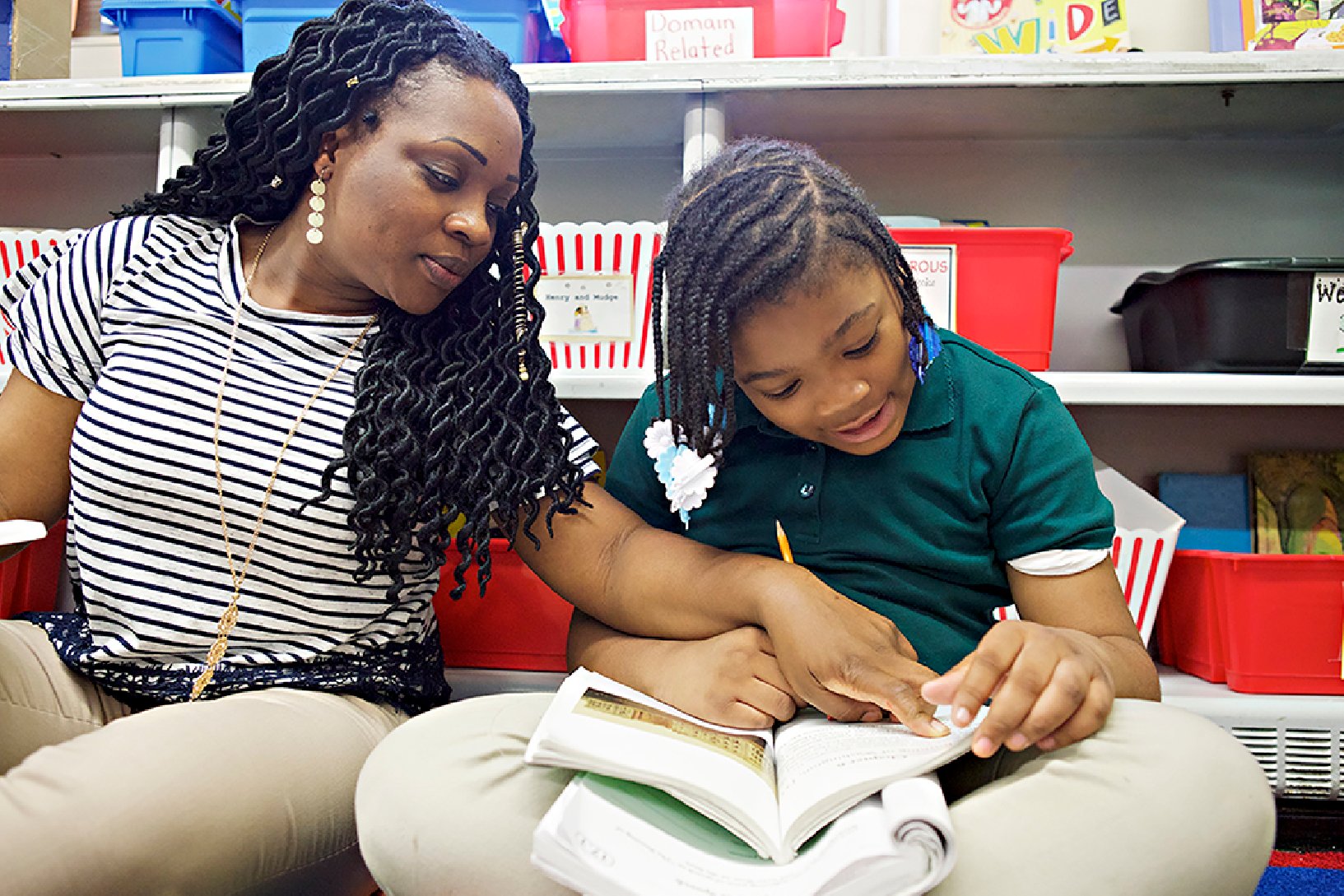
Welcome to the third and final installment in our series about the change management required to make the shift to the Science of Reading in your schools.
In Phase 1 of this series, we answered the question: Why is the Science of Reading important? We also described its potential to deliver literacy transformation—both in your classrooms and districts, and nationwide.
Change at that level requires hard work at your level, starting with what those in the field often call “exploration.” In Phase 1, we discussed what teachers should know about the Science of Reading. You established the rationale for changing to a Science or Reading curriculum and built buy-in from stakeholders.
In Phase 2 of this series, we guided you in evaluating Science of Reading programs, helping you answer the question: Which program will best help your school or district transition to the evidence-based practices that will drive results for students? We also walked through the selection, adoption, and initial implementation of Science of Reading resources.
And now you’re ready for change management Phase 3: full operation, innovation, and sustainability. What does this phase look like? How will the Science of Reading be used effectively? Where and how will you see student growth? Read on for all this and more.
Phase 3, part 1: Full operation
At this stage, Science of Reading literacy practices are fully integrated throughout your system.
Remember, the three key drivers of educational change are process, practice, and people. So let’s break the full operation phase down into these categories:
Process
Conduct routine data analysis to monitor student progress and determine areas of needed improvement.
Practice
Expand the focus on evidence-based literacy practice to other grade-level instructional areas to support the integration of these practices into the larger system (when appropriate). That might include personalized learning, intervention, support for bilingual students, and others.
People
Plan and implement onboarding processes for new teachers and administrators. Emphasize deeper understanding of resources and instructional practices through continuous improvement, coaching, and mentoring.
Questions to answer at this stage:
- How has the integration of evidence-based practices and resources impacted literacy development of students?
- What specific progress-monitoring processes are in place to track the effectiveness of literacy practices?
- Are interventions effective for students not reading on grade level?
- Have we reduced the number of students who are at risk?
- How are staff onboarded and prepared to step into the system?
- What ongoing professional learning will occur?
Phase 3, part 2: Innovation and sustainability
All these phases, all this work—here’s where it starts to pay off.
With Science of Reading practices fully in play, you’ll see them start to work in the form of student growth.
This stage will allow for refinement of instructional practice and a much deeper understanding of how Science of Reading research affects student achievement.
This is also a moment to continue building knowledge by focusing on middle school. Your middle schoolers need to draw on the foundational skills built in earlier grades—or get the intervention that will help them catch up—and build an academic knowledge base that will prepare them for success in high school and beyond. Continuing to bring research-based literacy practices to middle school instruction will help them get there.
And now, your final set of the 3 Ps:
Process
- Leave room for innovation aligned with the ever-growing body of Science of Reading research.
- Consider creating processes that will allow for the expansion of pedagogy based on the Science of Reading into middle schools.
Practice
- Ensure that current research and data are informing instructional decisions and continuing to deepen the knowledge base you’ve built so far.
- Implement systems such as collaborative conversations about data, peer-to-peer instructional rounds, and the study of problems of practice to support deeper implementation.
- Develop professional learning systems and put them into practice.
People
- Emphasize a culture of collaboration and shared ownership, as well as a community of practice.
- Focus conversations on student growth and outcomes to better allocate resources.
Question to answer at this stage:
- What strategies and systems can we develop to encourage innovation while remaining true to the implementation of chosen resources?
Now you have the tools, the plan, and the motivation to help drive life-changing results and improve literacy outcomes for all students by bringing the Science of Reading into your classrooms. We’re happy to be part of that change. And we’d love to hear how it goes!
More ways to explore:
- Creating change that lasts when implementing the Science of Reading: Phase 1
- Adopting and implementing the right Science of Reading program: Phase 2
- Managing the change that matters most: Implementing the Science of Reading with integrity
- The Science of Reading
- Change Management Playbook
- Change management principles



